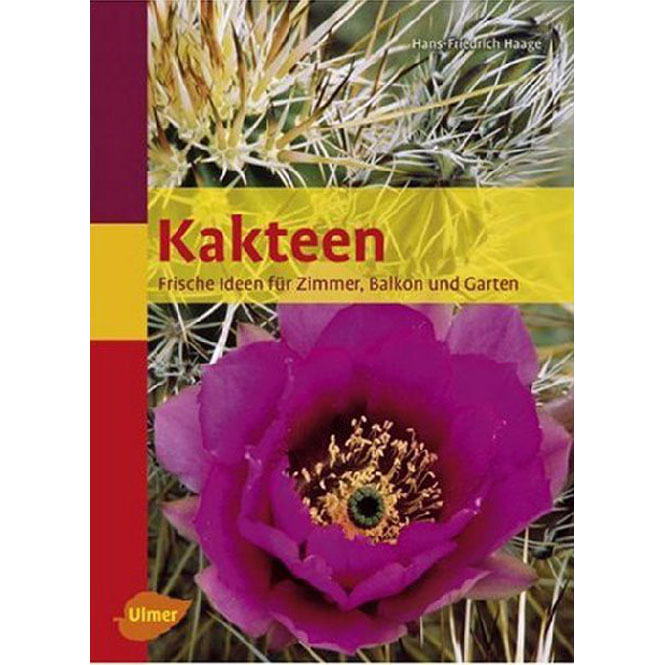I would like to make two comments:
1. all good advice is not a substitute for careful observation.
2. the requirements of the different species vary a little, of course.
We use our sowing soil as sowing substrate.
A mixture of good raised peat with shale 1:1 has also proved to be very practicable.
Small polystyrene bowls have proven themselves well as vessels - the heat is stored particularly well here. For small seed rates (e.g. seed portions) square 6 pots are also suitable.
The substrate is loosely filled into the vessel and smoothed over the edge of the dish with a plate.
To protect the sensitive seedlings from sowing fungi, we recommend dressing the seed immediately before sowing. For this purpose, the seed is mixed with a pinch of dry seed treatment (e.g. seedpro TB) in the bag and shaken until all seeds are coated with a seed treatment.
With fine seeds, the substrate is pressed evenly before sowing, otherwise the grains are unevenly deep.
The seeds are then evenly distributed over the entire seed bed. Large seeds are pressed on with a plate after sowing.
After sowing, bowls or pots are covered thinly but evenly with quartz sand - as a rule of thumb, the gardener takes on a grain of strong covering. The quartz sand allows the light necessary for germination to pass through and acts as evaporation protection. The gravel layer dries quickly and as a result no algae can settle on the surface. This also prevents fungal infestation.
Our sowing containers are not casted on, this would rinse off the seed dressing. We place all the vessels in a large bowl filled with water until they are fully sucked up. This can be seen on the discoloration of the quartz sand.
It should be installed in a warm and bright place.
The optimal germination temperature for most cacti is between 18° and 28°C, a cooling at night is absolutely desirable. The fastest germinate astrophytum, which has already burst the seed coat after three to five days. Most cactus species can be expected after eight to fourteen days. Pronounced drifters are all hard-skinned species, especially the Opuntia. Connoisseurs therefore file the thick seed coat carefully with a nail file. In the professional area, Opuntia seeds are sometimes treated with special germination catalysts (e.g. gibberellic acid).
Keep moist: In the first days and weeks, until the seedlings are at least the size of a pinhead, the seed area must never dry out. Later it can be assumed that the root has already penetrated deeper soil layers and that the plant body has stored sufficient water. Now a superficial drying will not harm the young plants, but will counteract algae growth and fungal infestation.
Germination inhibitions - When sowing, it must be noted that never all seeds germinate at the same time. A "survival strategy" of wild plants is to store germ inhibiting substances in different concentrations in the seeds. Only after their degradation does germination take place, i.e. more or less delayed - in extreme cases this can even take several years - i.e. do not throw away "unsuccessful" sowing prematurely.
Watering - the further the seedlings have grown, the larger the distances between the watering can become, after all we are dealing with succulents, i.e. water-storing plants. Algae or infestation by harmful fungi are usually the result of excessive air and soil moisture or lack of air movement. Let your seedlings grow a little slower, but healthy and hardened and they will always enjoy them!
Further information can be found in Hans-Friedrich Haage's book ?Kakteen. Frische Ideen für Zimmer, Balkon und Garten?. A practical guide in which all important questions about cactus culture are answered.
 Deutsch
Deutsch
 English
English

